Articles
Souk Wakif is being nominated for the 11th Cycle of Aga Khan Award for Architecture. The projects shortlisted by the independent Master Jury are now being technically reviewed by a select group of architects, urban planners and engineers. The reviews will be submitted to the Master Jury before the Award recipients are chosen. The final Award recipients will be announced at a ceremony to be held at the Museum of Islamic Art in Doha, Qatar in November 2010.
Oct 29, 2010
FEZ, MOROCCO / Among the 19 nominees for the 11th Cycle of Aga Khan Award for Architecture we can see the Rehabilitation of Al-Qaraouiyine Mosque. The Aga Khan Award for Architecture not only rewards architects, but also identifies municipalities, builders, clients, master craftsmen and engineers who have played important roles in the realization of a project.
Oct 27, 2010
BANGLADESH / The 19 nominees for the 11th Cycle of Aga Khan Award for Architecture have been announced. A Chandgaon Mosque in Chittagong (Bangladesh) is competing for the prestigious award.
Oct 26, 2010
SARAJEVO, BiH / A new mosque is being built in Ilidza.
Oct 25, 2010
NEW YORK (AP) - Conceptual sketches of the Islamic center planned two blocks from ground zero envision a futuristic-looking building wrapped in a honeycomb of abstract shapes, with a core containing far more space for other activities than religious worship.
Oct 04, 2010
StudiOZ designed a mosque in Kayseri Municipality (in Turkey) in memory of Sinan, the architect because historically, the Turkish mosque reached its highest potential under his design.
Sep 01, 2010
After much controversy, Cologne's city council has voted in favor of building Germany's largest mosque. The opposition of a local far-right group wasn't enough to stop plans that will change the city's historic skyline forever.
Aug 23, 2010
Muslims around the world could be setting their watches to a new time soon when the world's largest clock begins ticking atop a soaring skyscraper in Islam's holiest city of Mecca.
Aug 12, 2010
New York-based design studio Rux has won the 'Design as reform' competition hosted by Traffic, a Dubai-based Art and Design Collective.
Jul 19, 2010
In the town Foca in Eastern Bosnia and Herzegovina, soon will begin the reconstruction of the famous Aladza mosque from the 16th century.
May 08, 2010
The most beautiful mosque of this period is Nuru Osmaniye, located in the heart of old Istanbul, next to the large bazaar. Its size and beauty transcends all subsequent projects, and it could be said to represent, somewhat, a happy blend of European and classical Ottoman architectural style. However, this relationship was not natural, and later, in that sense, nothing significant could't be expected. We could say Nuru Osmaniye was a first and the last successful attempt of such direction.
Apr 10, 2010
In this short overview we are presenting Bajrakli Mosque, the only remaining mosque in Belgrade.
Mar 07, 2010
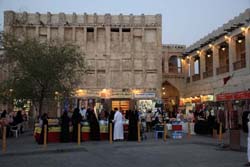
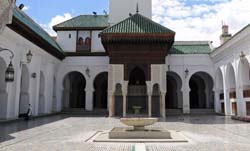
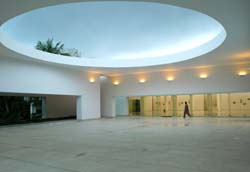
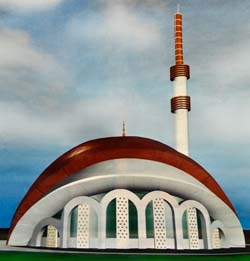
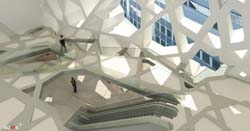
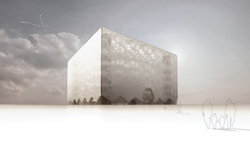
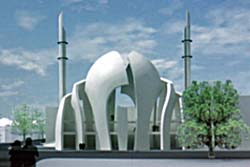
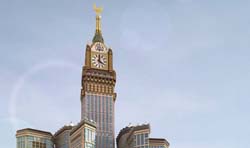

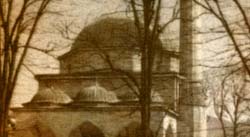
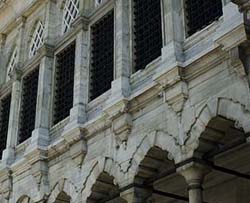
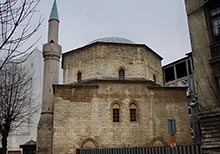
Stay in touch
Keep up to date with IAM's special offers, giveaways and news in your preferred format.